With 46 ‘Best of Show’ awards at the world’s most prestigious concours events, it’s fair to say Paul Russell knows a thing or two about restoring old cars. His clients include top-tier collectors such as Ralph Lauren and Andreas Mohringer and the list of cars on which he has worked his magic beggars belief, ranging from the most desirable pre-War machines including the Count Trossi Mercedes-Benz SSK to post-war gems such as the Ferrari 335 Sport that claimed ‘Best of Show’ at Villa d’Este earlier this year.
Given the private nature of his clients, Russell does not usually grant the media access to his hallowed workshop. But on this occasion, he allowed Rémi Dargegen to document a typical day in a business that over the past 40 years has rightfully earned a reputation as one of the very best classic car restoration companies. So take a moment, ladies and gents – this is a good’un…
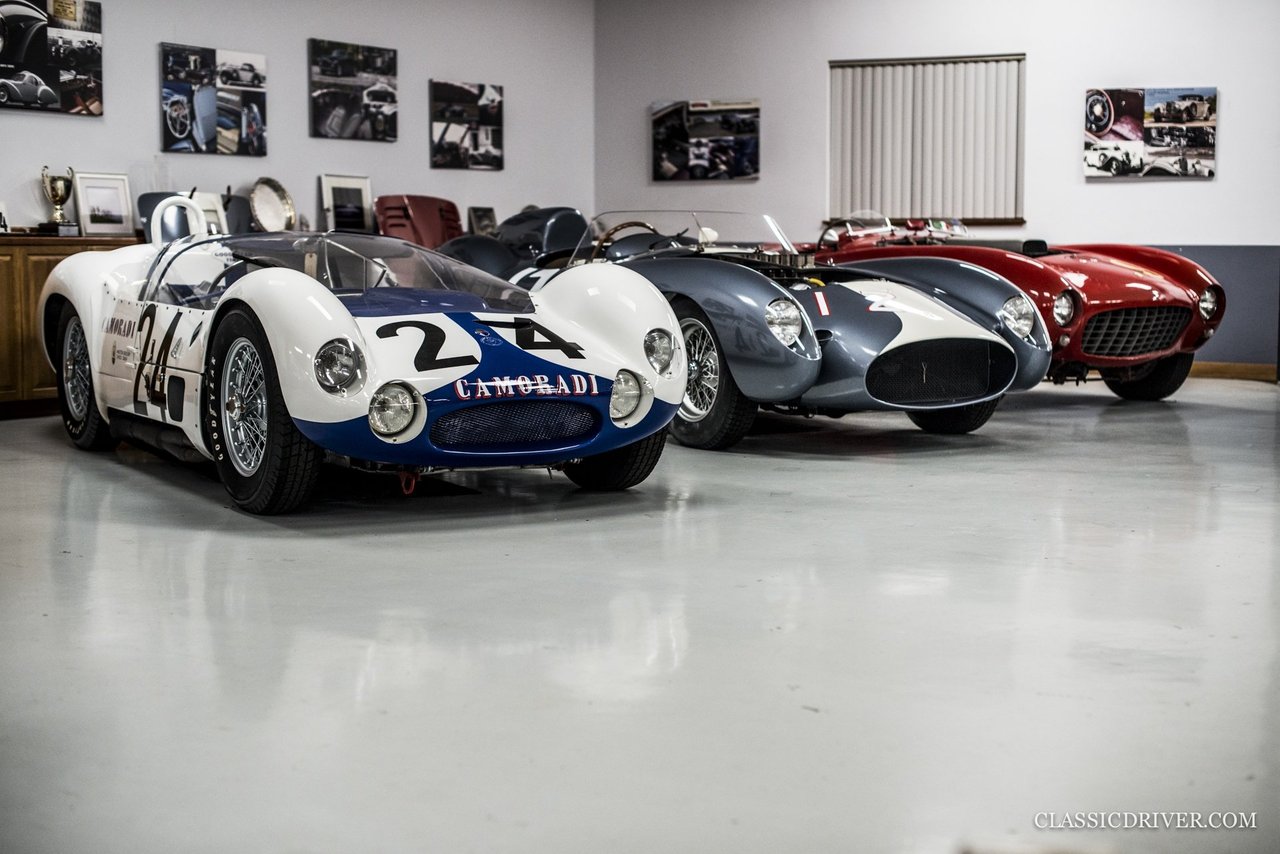
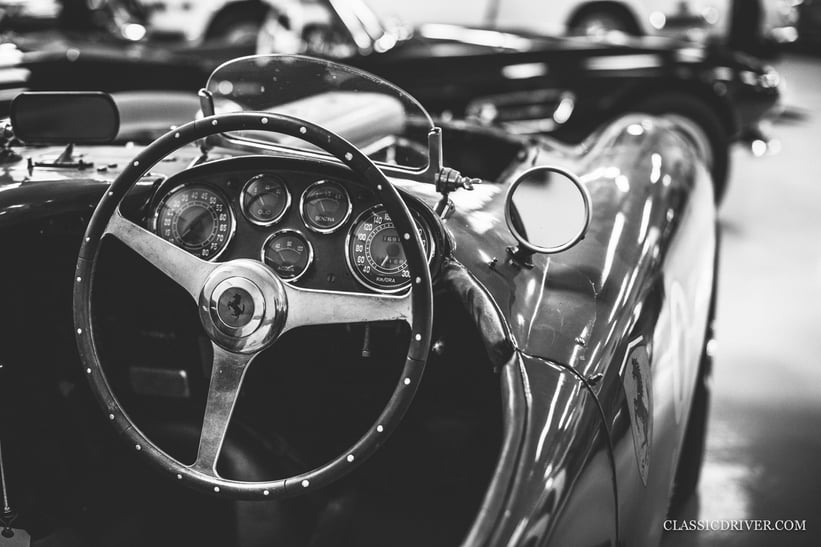
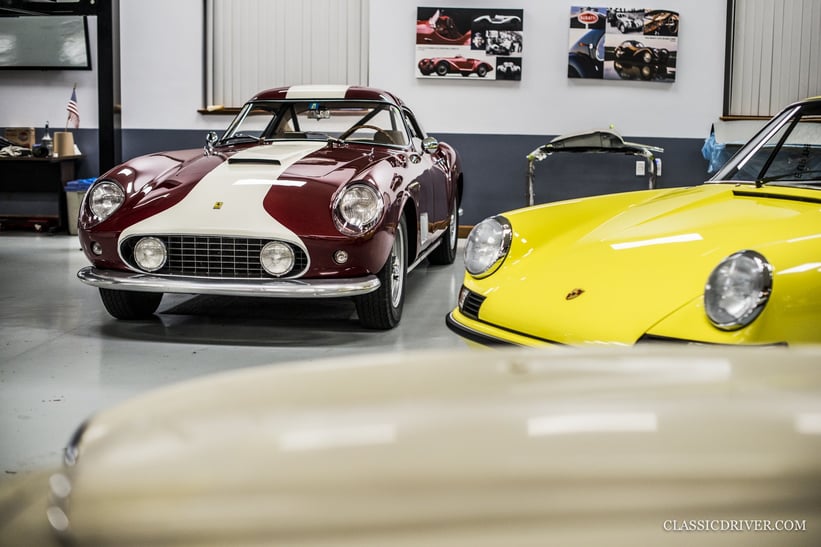
What are your earliest automotive memories?
I remember playing in the dirt driveway around my family’s Oldsmobile Futuramic Rocket 88 when I was five years old. My father was very proud of that car and my sister and I used to fill the fuel tank with gravel! My real passion for cars began when I found a Cord Beverly Sedan while being nosy looking in garage windows on the walk home from school. The shape of the car drew me in and the dashboard was how I imagined an aeroplane’s to be.
How did you feed this newfound passion?
Growing up, my family didn’t have interesting cars but my dad was an engineer who began his career as an apprentice mechanic. We always had Saturday projects with things that needed fixing and he taught me about craftsmanship and the proper use of tools. My automotive ignition point came when a schoolmate started coming over in a Bugeye Sprite. That was my first experience in a car built for the thrill of driving, not just transportation. I had to get involved.
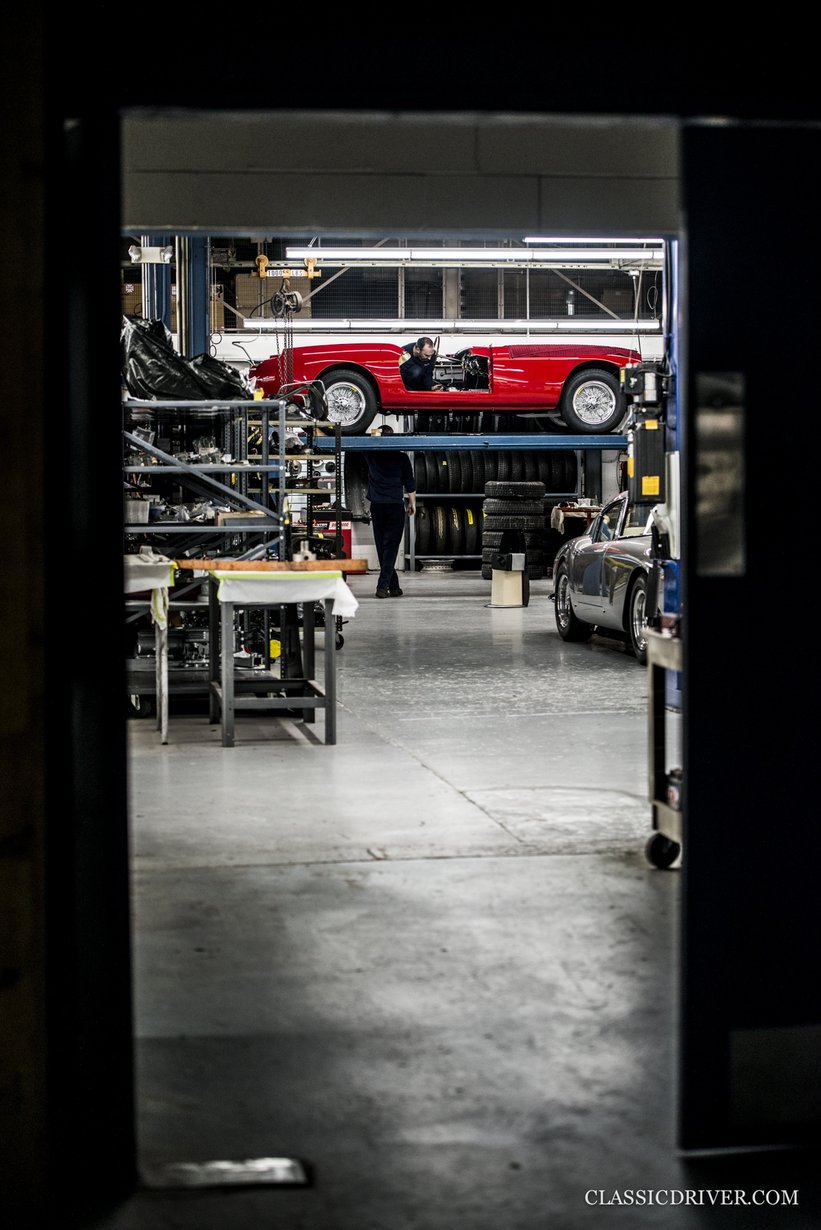
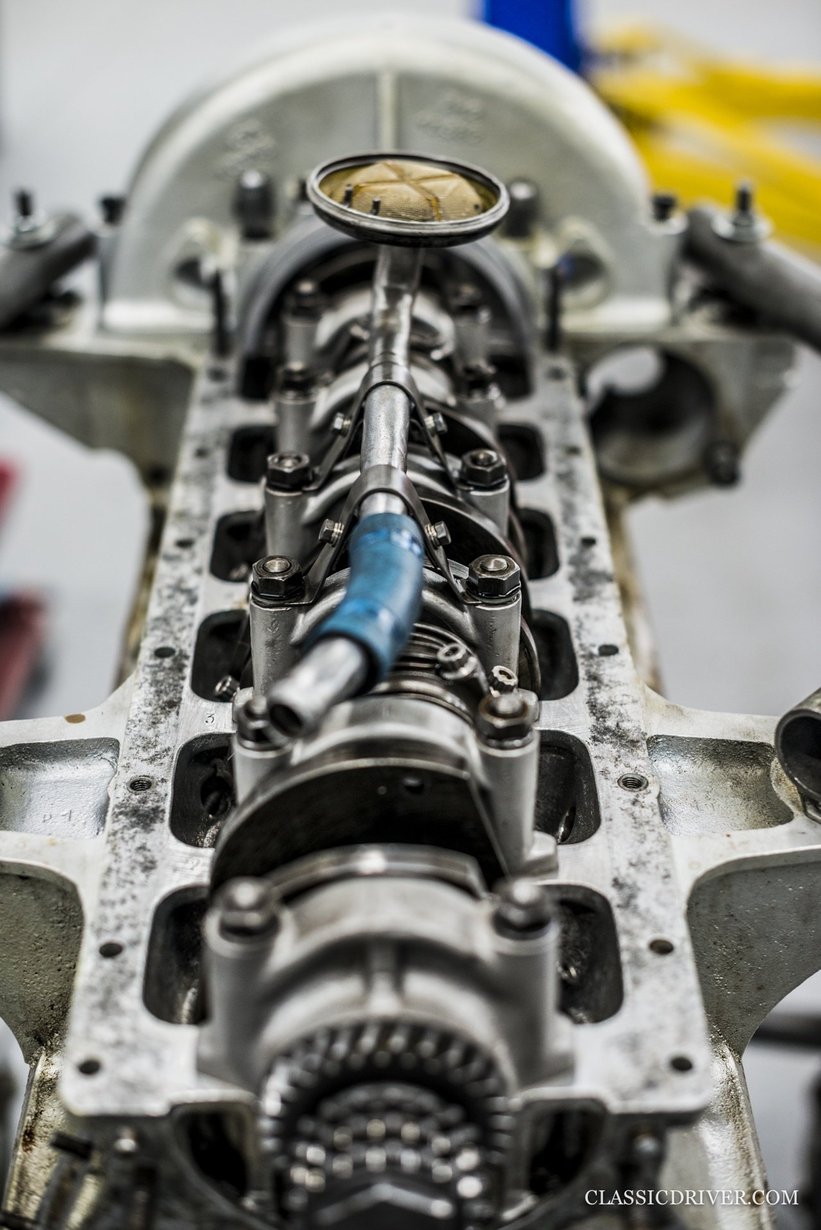
When and how did you start working on classic cars?
The ‘car thing’ derailed my college career. I ultimately left school and got myself hired as a trainee mechanic in an independent Mercedes and Volkswagen shop. Fortunately, my boss didn’t make me sweep – he let me dig right in beside him, pulling engines and doing heavy service work. Two years later, I moved to a small restoration shop that focused on 1950s Mercedes’. In 1978, the owner decided to separate the restoration shop and the sales and brokerage showroom. I took on the restoration side and Gullwing Service Company was born.
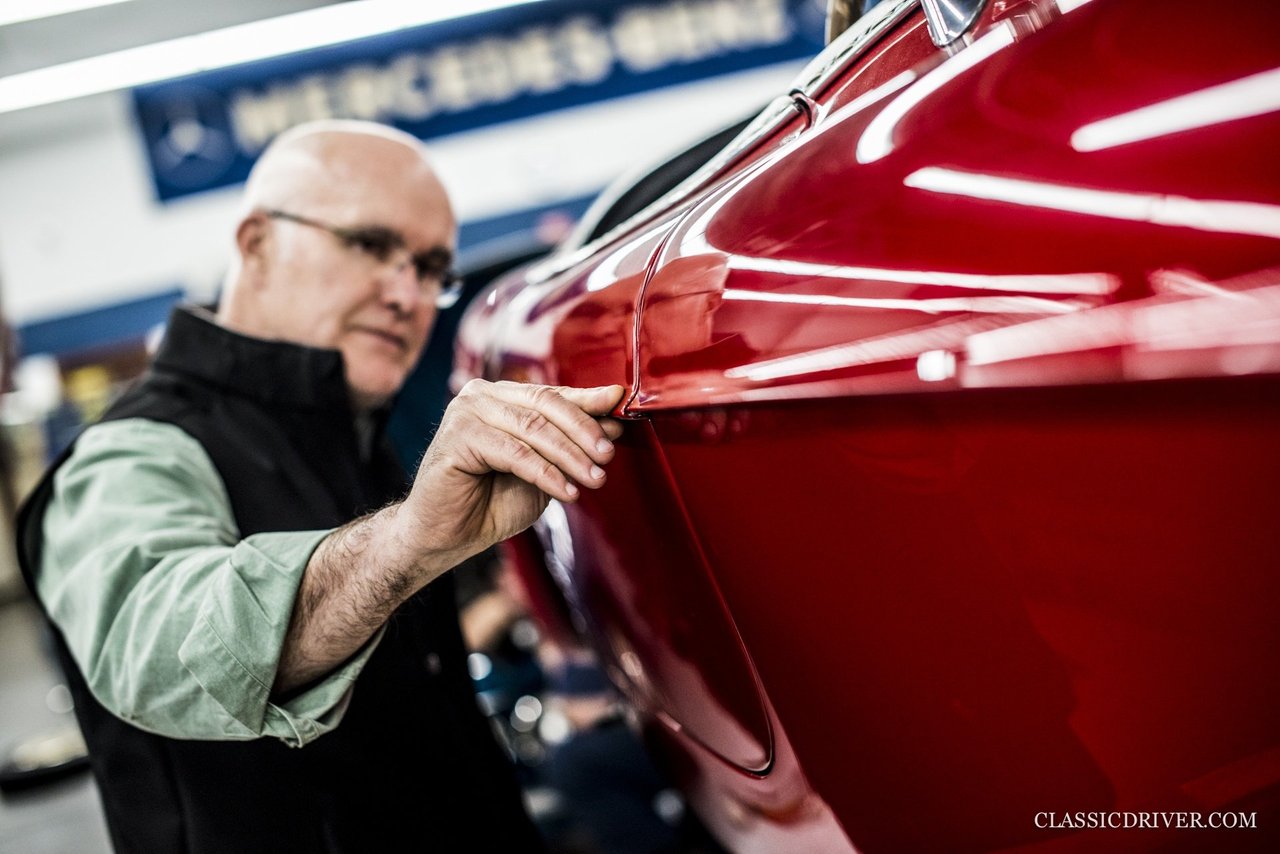
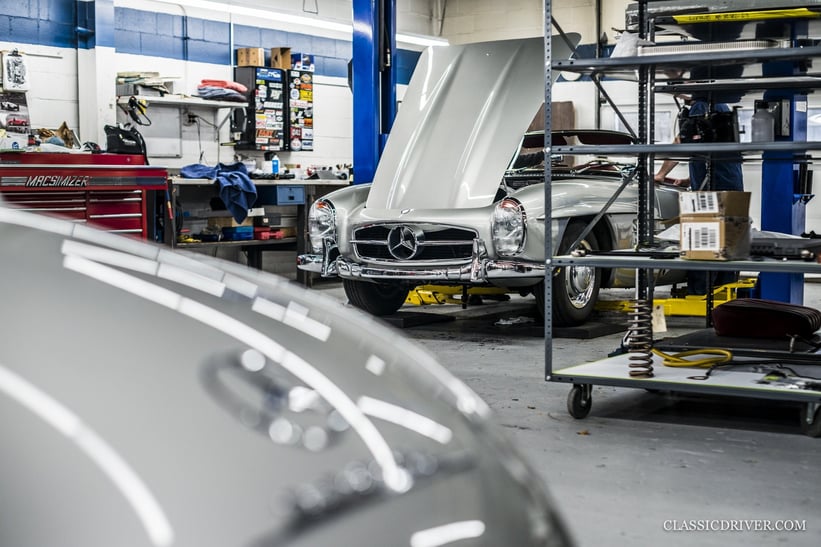
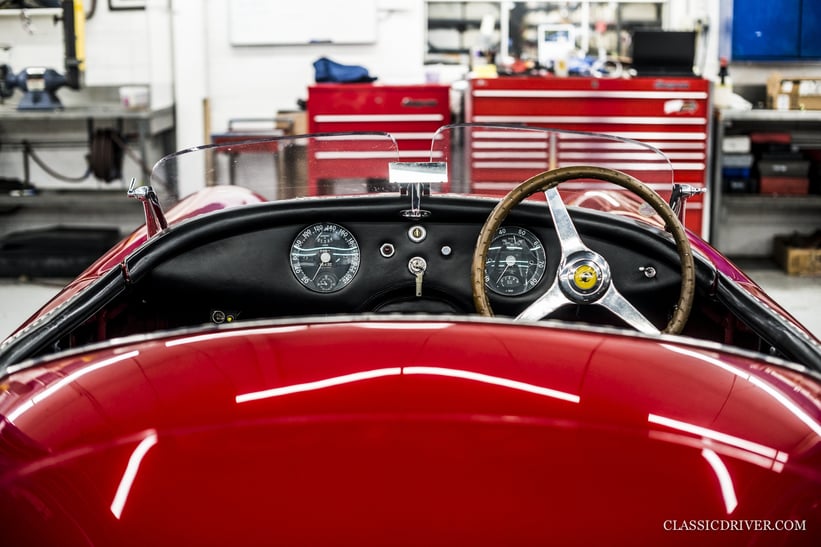
You’ve become a worldwide reference for Mercedes-Benz 300SL restorations – how did this come to be?
When I started working, a ‘Gullwing’ in tired but running condition could be bought for 10,000 dollars. But no matter how run down an example might have been, we never sent any to the scrap yard – owners were always willing to spend the money to keep them alive. We were inspired by the original build quality of the 300SL and we wanted our restorations to measure up to that and, in turn, be the best in the field.
After the 300SL, you began to restore the most beautiful pre- and post-War cars ever built. How did you acquire the knowledge to do it so well?
Predominantly by developing a successful process and sticking to it regardless of the marque. Of course, marque-specific knowledge is important but doing the research is part of the entire restoration process. In addition to reference materials, we frequently travel to compare other great examples of the model we’re working on. It’s a great community and we’re privileged to have access to some amazing collections.

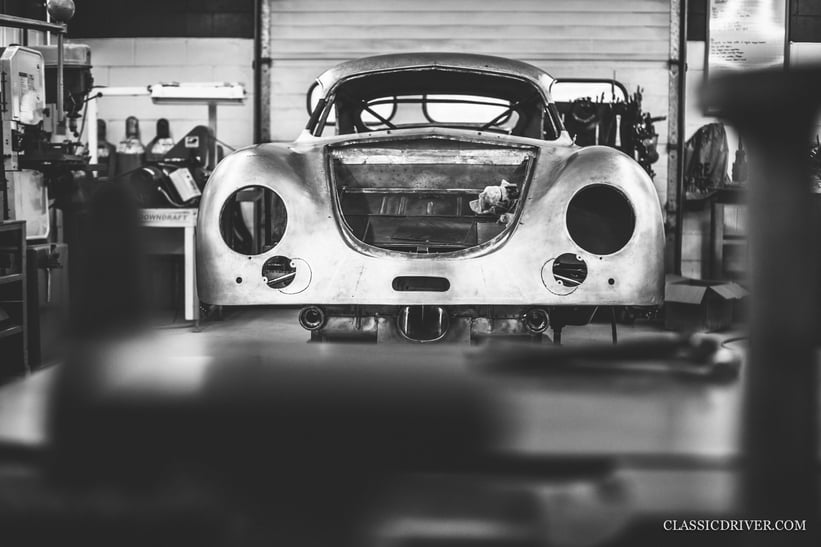
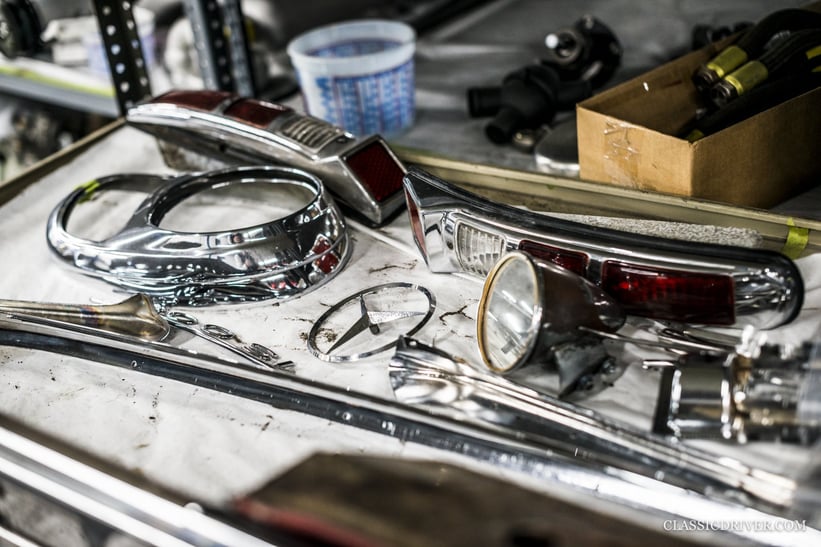
You’ve famously restored some of Ralph Lauren’s cars – did this help your reputation or were you already at a certain level by this point?
We were certainly not at that level before we restored Mr Lauren’s Bugatti Atlantic but we had earned his trust in the preceding Mercedes restoration work we’d undertaken together. I was very interested in diversifying, including into pre-War and coach-built cars. When he asked if we could do the Atlantic I told him I wasn’t an expert on that car but that I would become one. He’s very easy to work for – he sets the standards high and asks if you can meet them. He just expects you to do what you promise you’re going to do.
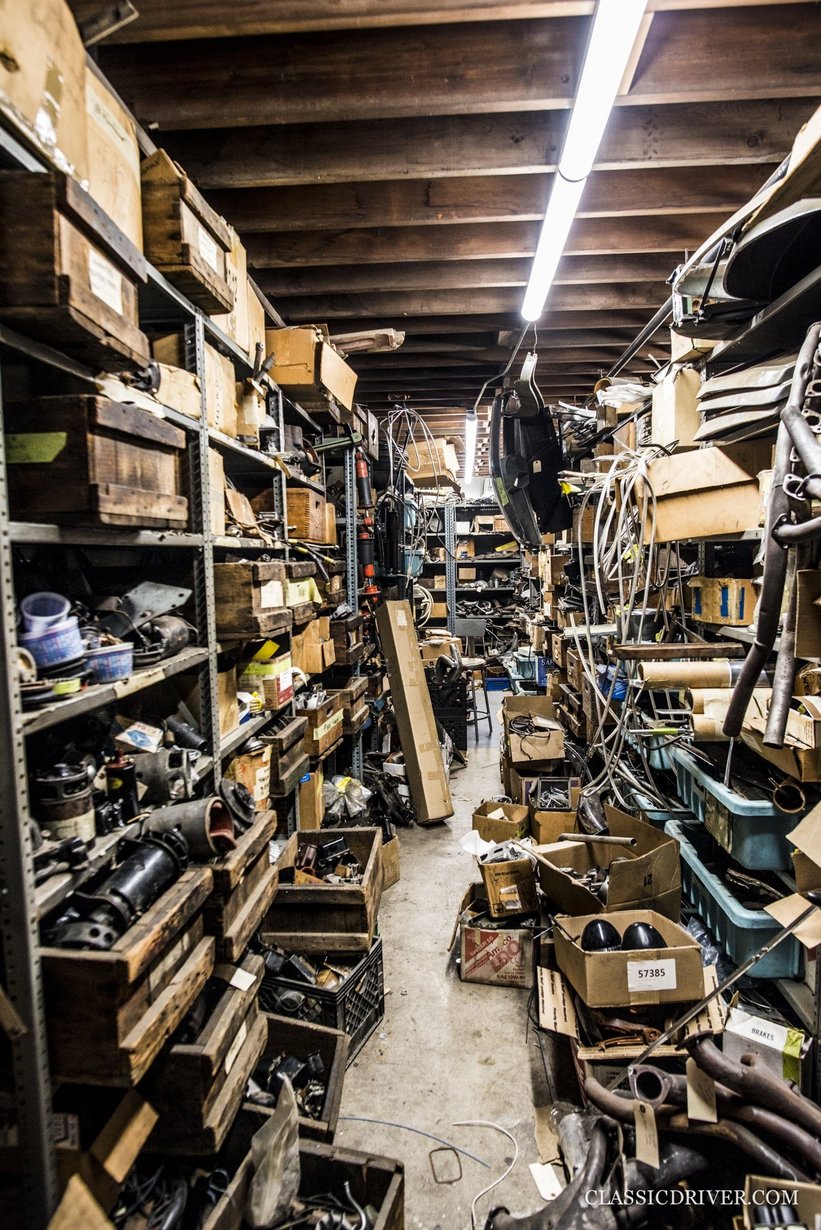
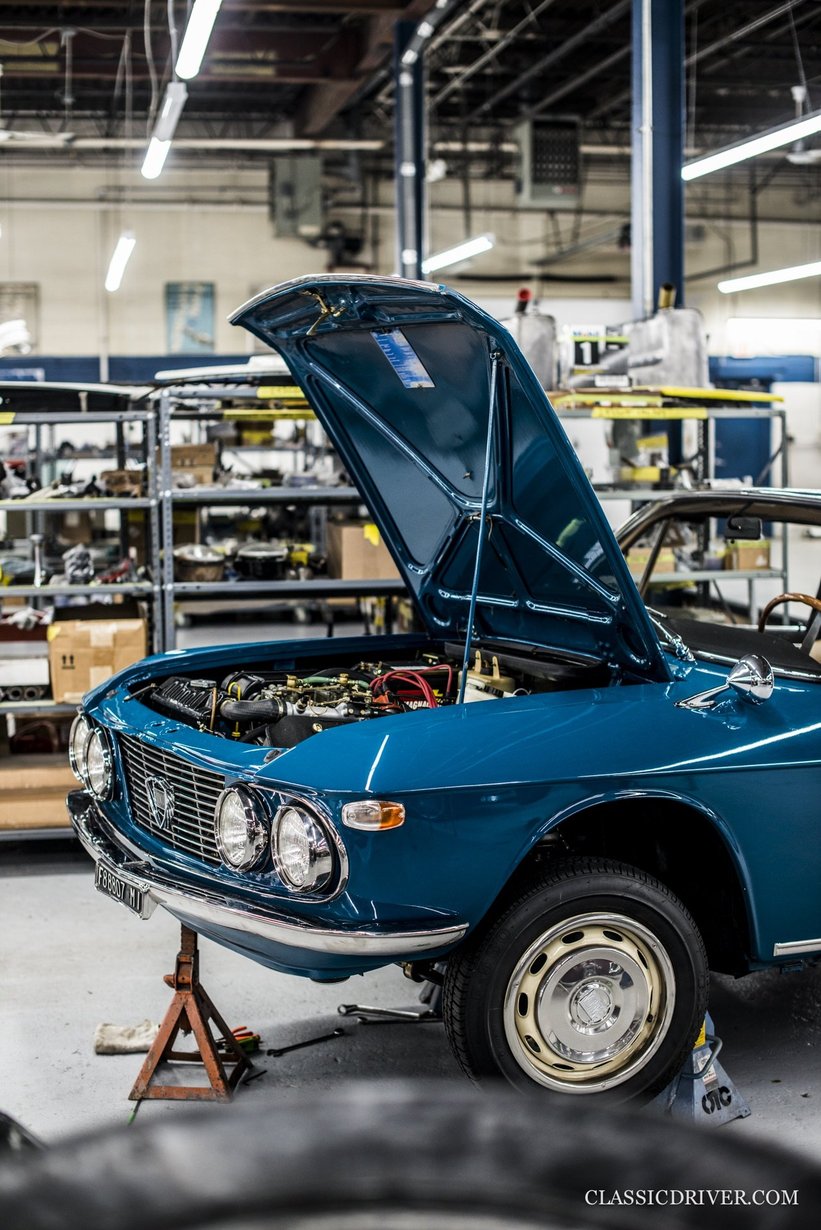
When you restore a car, is originality the focus or do you work to the wishes of the owner?
Most of the owners we work with want their cars to be restored to their original specifications and leave the detail questions to me for authenticity’s sake. When an owner has an alternative idea – about colour, for instance – at the least we strongly suggest choosing a colour scheme that was originally offered on the model originally.
Many cars were over- or incorrectly restored in the 1980s and ’90s whereas nowadays owners and restorers are conscious of respecting their originality. How do you view this evolution?
I think it’s very important and likely to influence future values moving forward. Damage has certainly been done but I want to stick to the facts, not hazy nostalgia. I hear a lot about how poorly assembled some cars were or about the character of the old finishes. I prefer to rely on original source material to inform the day-to-day decisions that have to be made during a restoration.
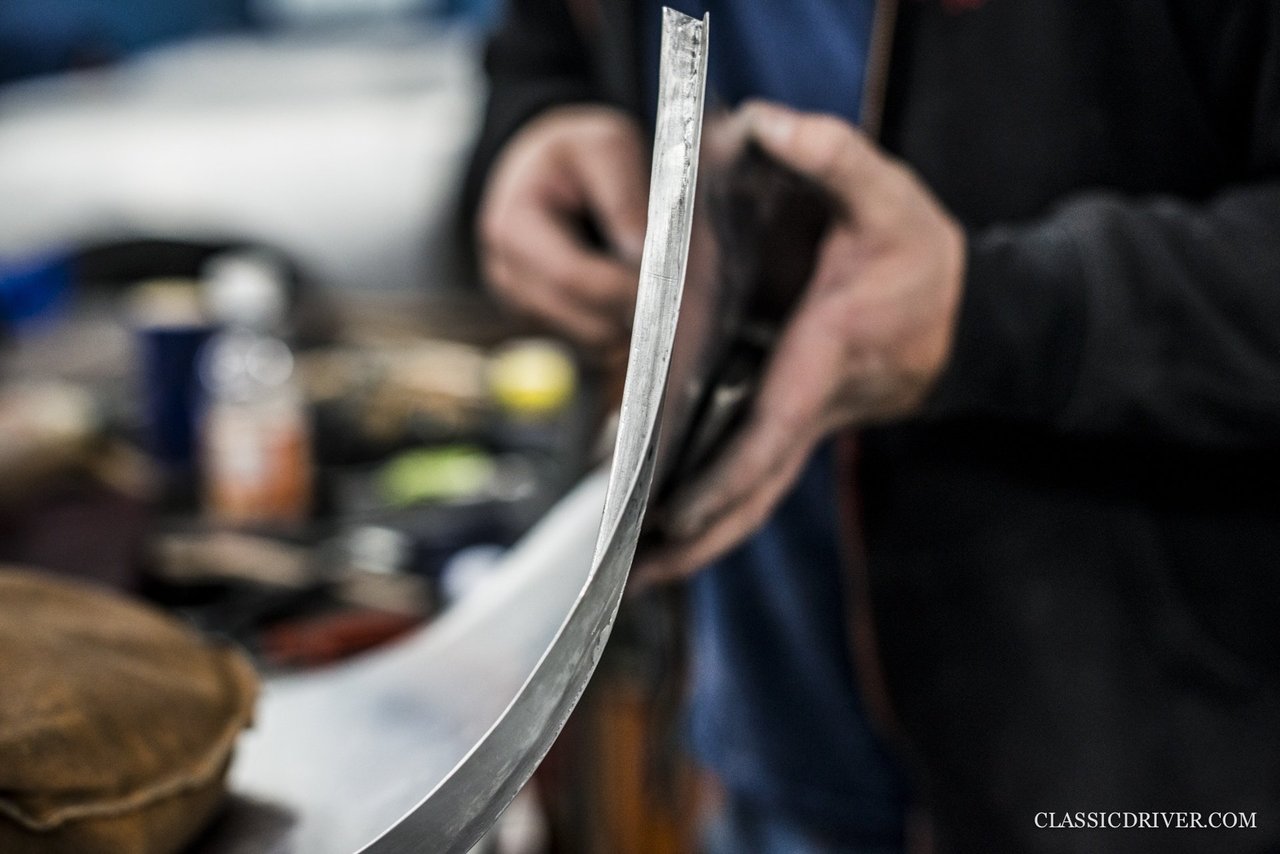
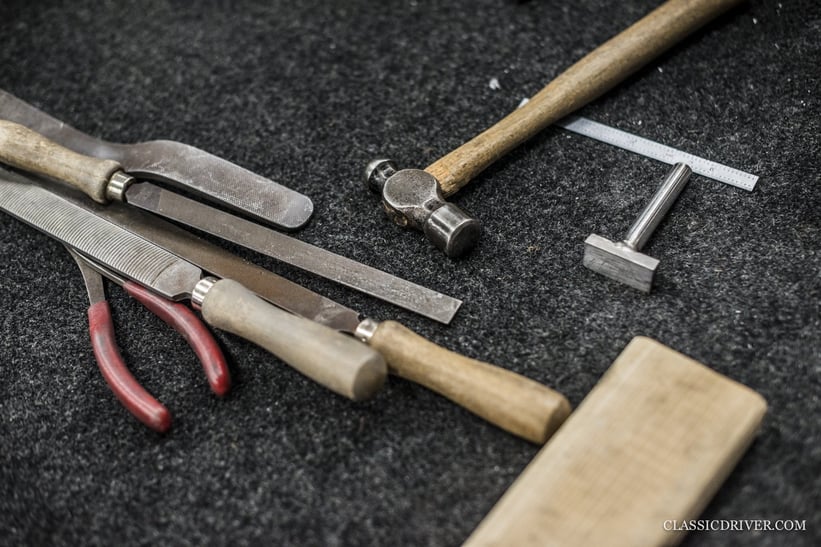
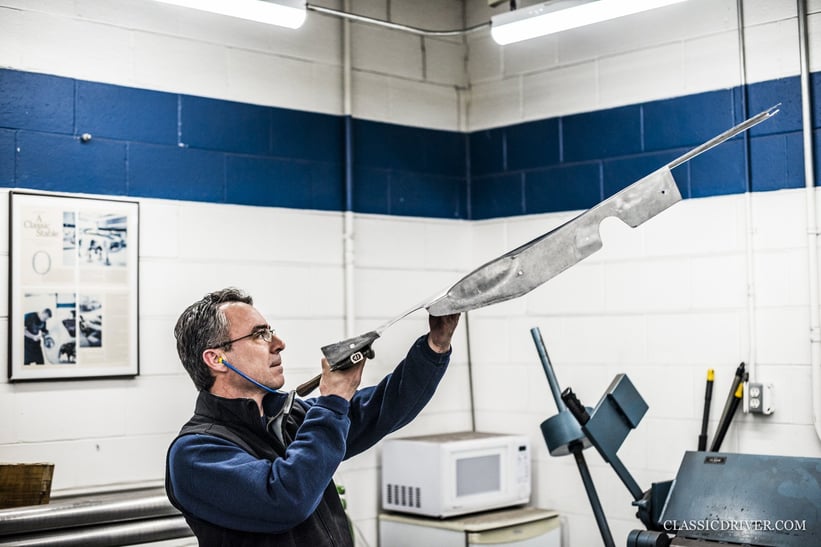
Take the ex-Baillon Collection Ferrari 250 GT California Spyder, for example – what are the challenges of such a car?
It would be to dispel the notion that this was a preservation class candidate. It had been painted five times in different light and dark blues! The interior was vinyl, the windows were plastic, the bumpers and hood were customised, and the car was quite rusty. It’s fortunate for the survival of the car that it found a new owner at the Artcurial sale in Paris. But despite the deteriorated condition, the essential components of the car are all correct. In fact, it has more matching numbers than I have ever seen on a car.
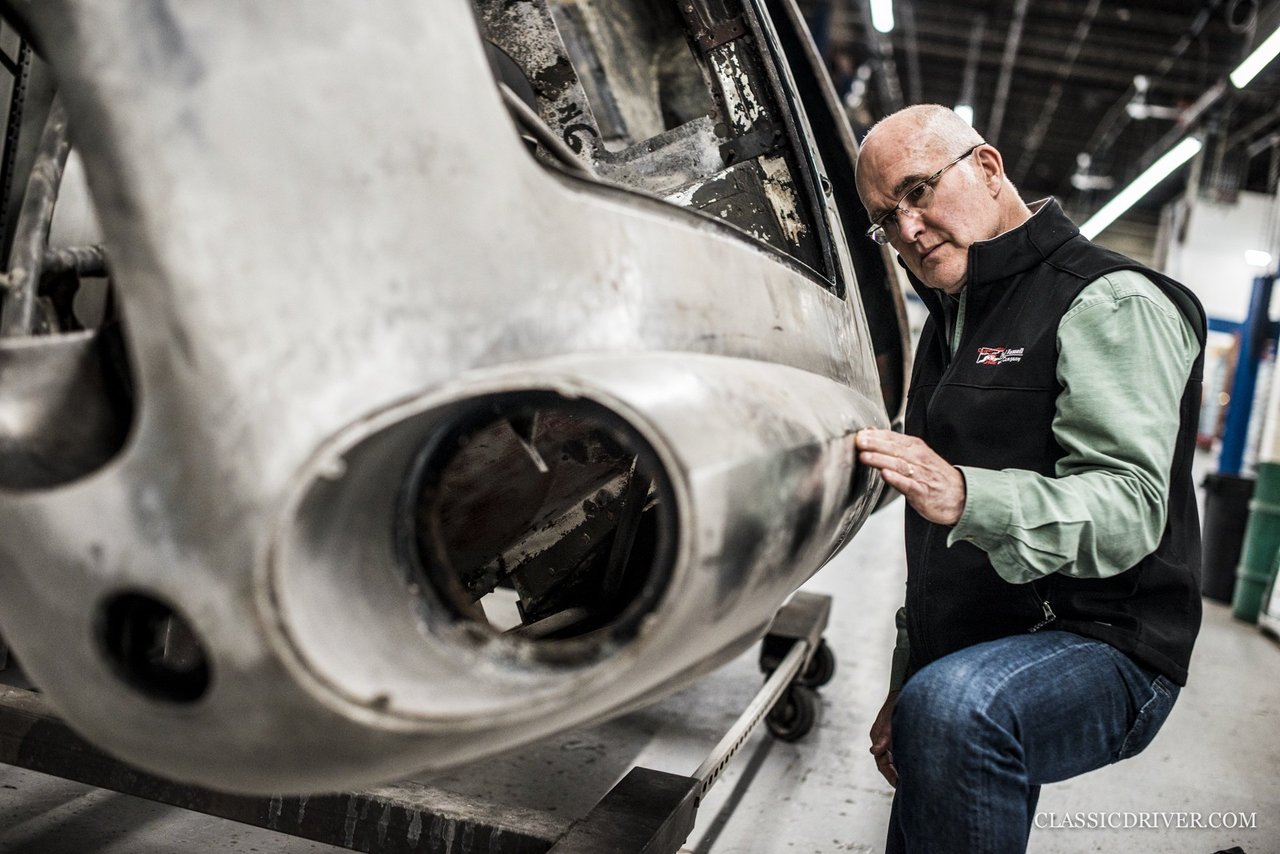
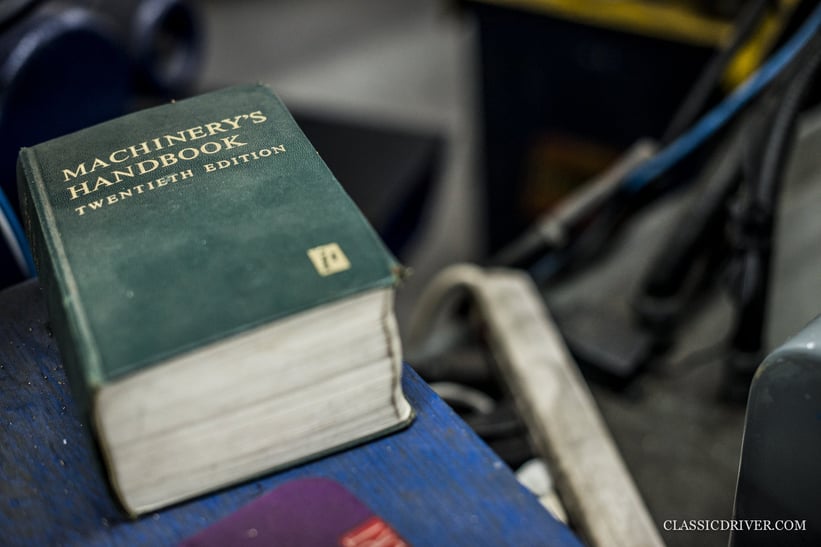
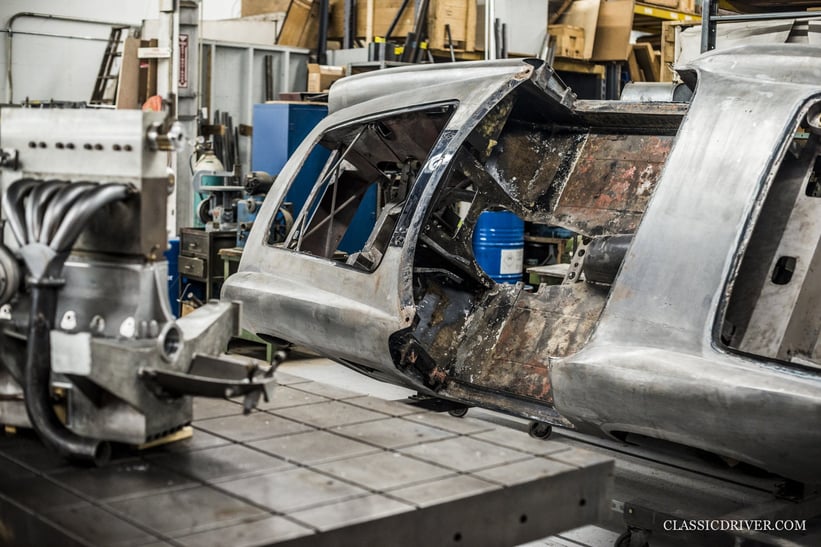
Do you have any special anecdotes about any of the cars you have restored?
I really enjoy the personal relationships that develop through historic cars and undertaking a restoration together allows you to really get to know a person. We had a delightful client named Bud Lyon. We’d done several great cars for him and were midway through an Alfa Romeo 8C 2300 Castagna Cabriolet. Bud was a PhD electrical engineer from MIT and a quiet and thoughtful man. It took me a while to learn that he wasn’t a fan of the last-minute crunch one sometimes faces when you have committed to a deadline, so I worked hard to keep him informed about the car’s progress.
In early July, when we were in the reassembly stage facing a Pebble Beach deadline, Bud asked if he could come by and show his visiting relatives the shop. Any day, I said. When he got round to the Alfa there were six or seven guys working on various parts of the car. It was hot and humid and we’d stocked the fridge with ice cream and popsicles. Everyone stood back and took a break for refreshments while Bud checked out the car and tried out the driving position.
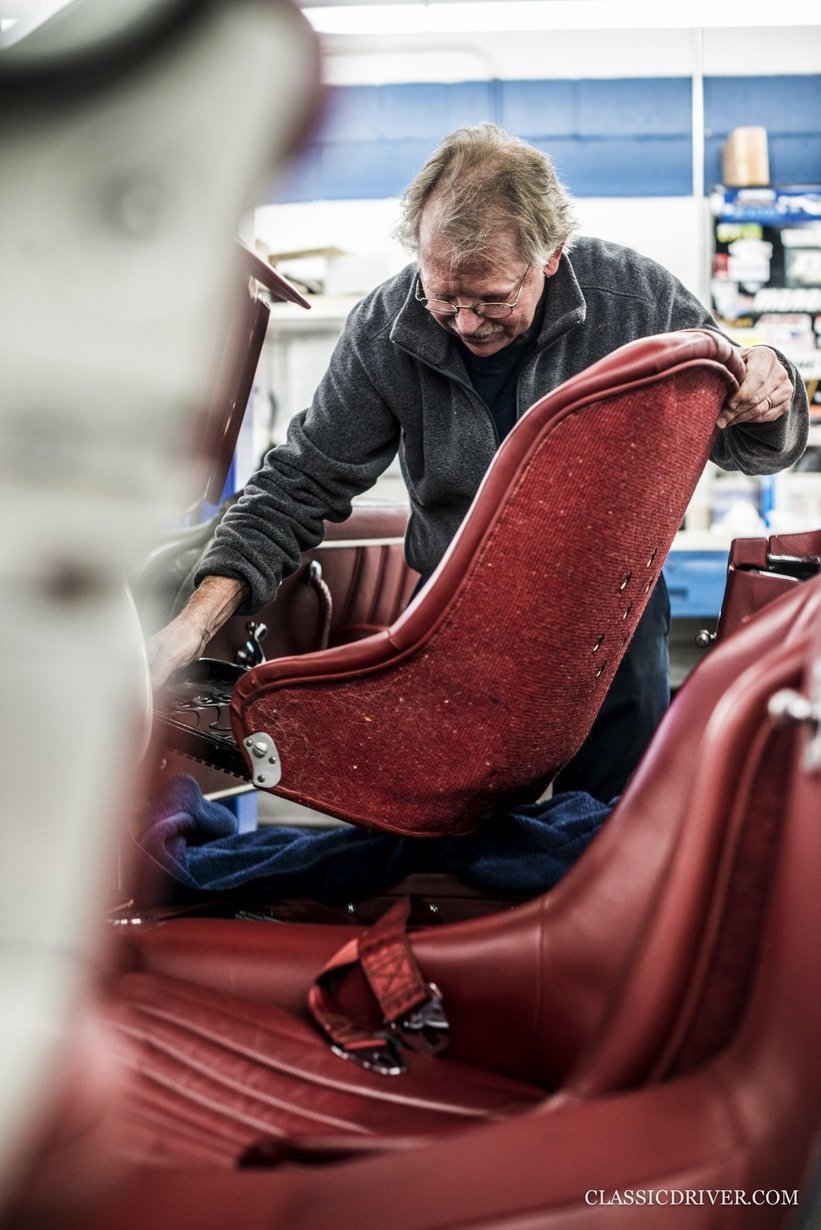
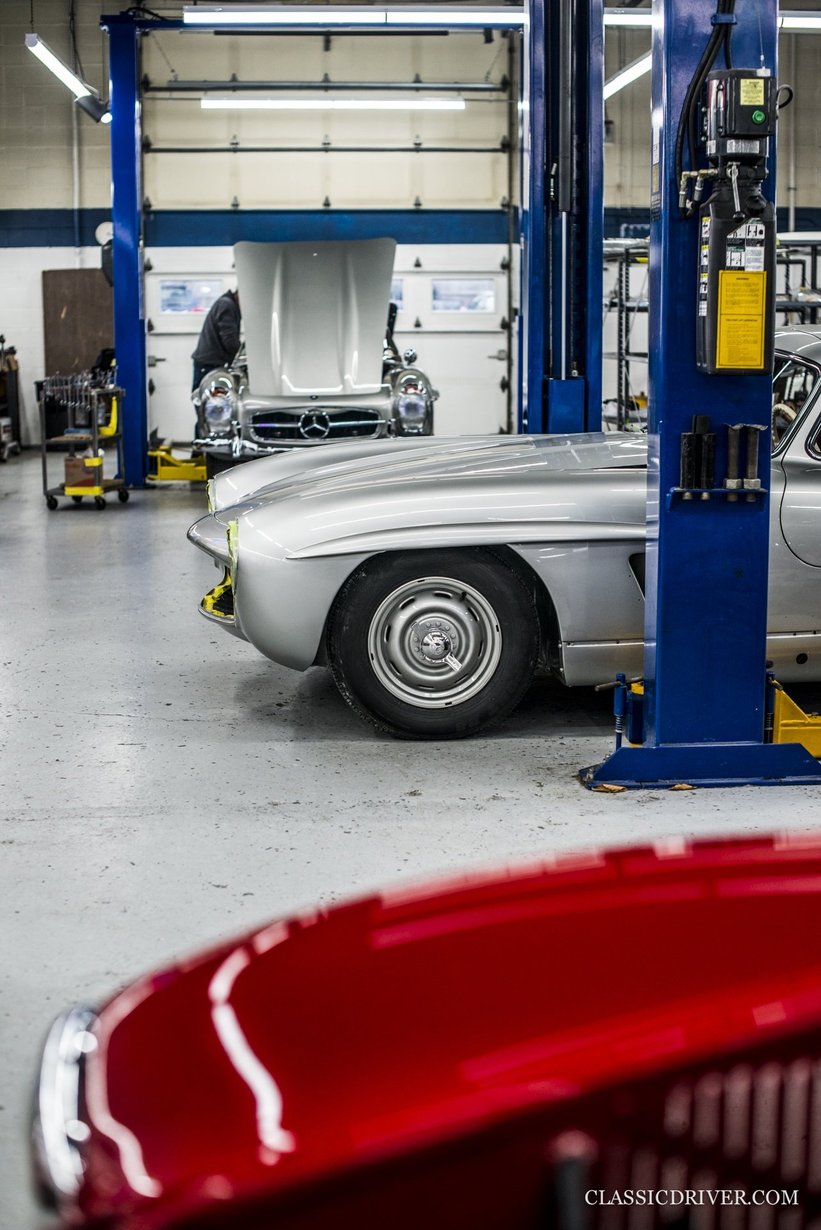
I offered Bud a popsicle and he took me up on it. He looked over the car carefully and everyone was anxiously waiting to hear what the great man thought – they loved working for Bud. There was a fairly long silence and finally I just came out and asked him. “These popsicles are great!” he replied.
There is a great mix of generations working at Paul Russell and Company – is this important to you?
It’s essential. The age spread here is from 22 to 72 and we try to pair up generations at every opportunity. Not everything can be learned from books and manuals and too much experience has already been lost in our industry. We’re also involved with a restoration programme at the McPherson College, which is the only accredited Bachelor’s degree programme in the United States. It has several tracks beyond restoration, including communication, automotive history, and business management. So it’s important not just for me, but for museums, publications, and private collectors, too.
Almost everything is done in-house, right?
Everything except for heavy machine work, like crankshaft grinding, and specialist services such as chrome plating. It’s hard for me to imagine how a full restoration can come together as a properly finished project without the various disciplines being able to coordinate and develop during the process.
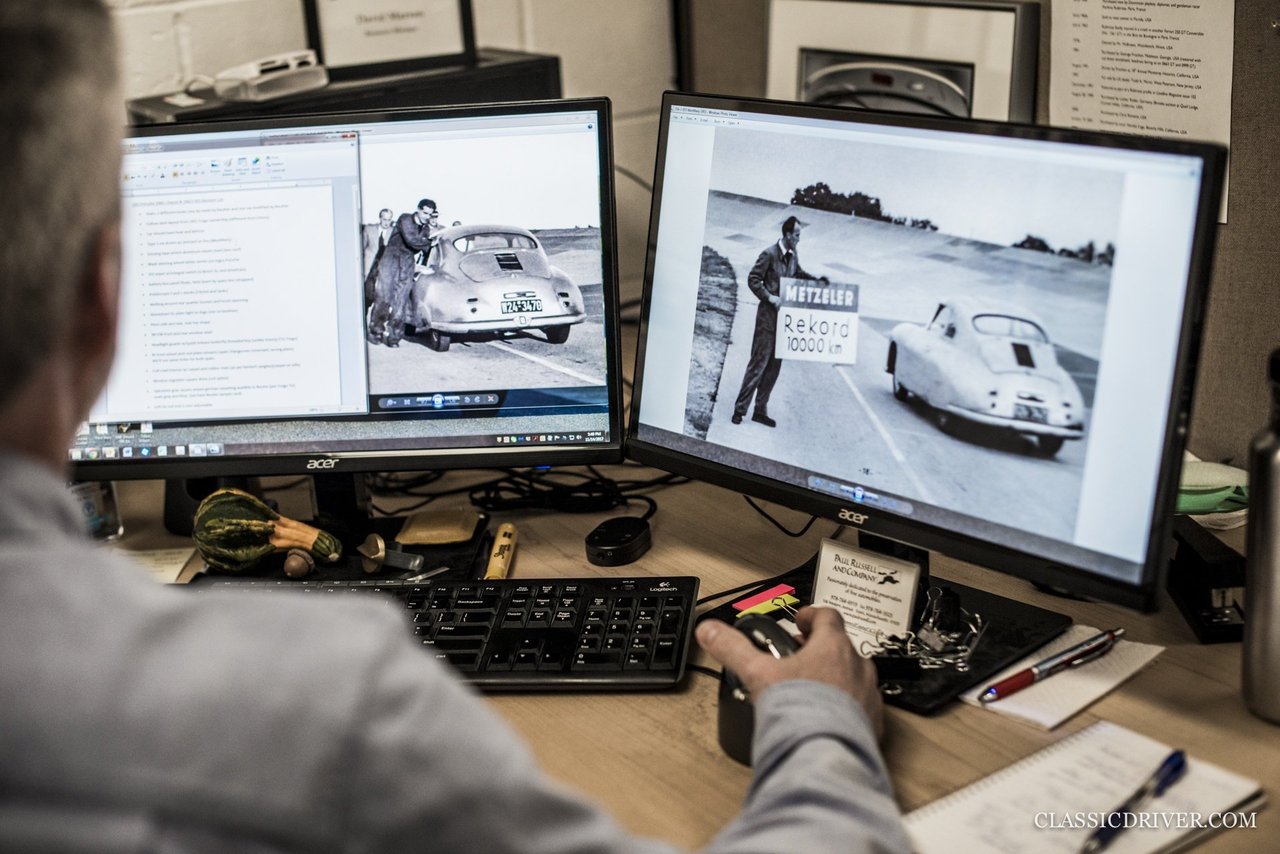
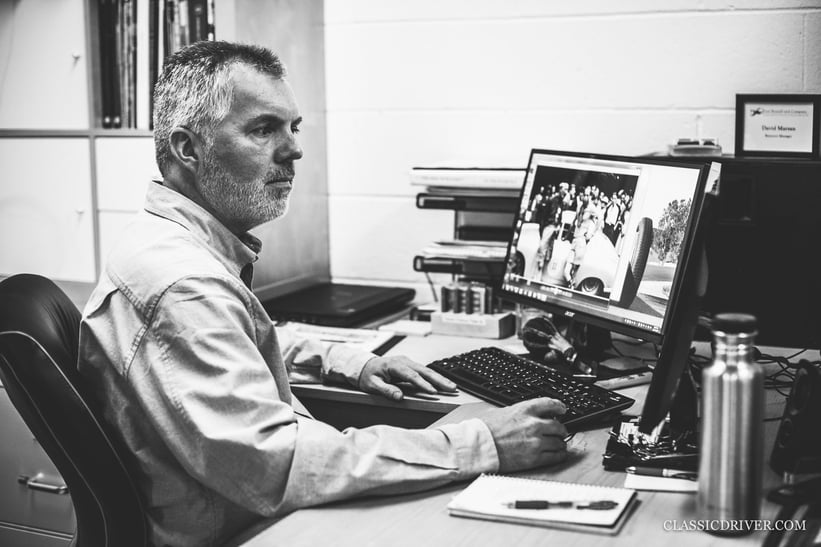
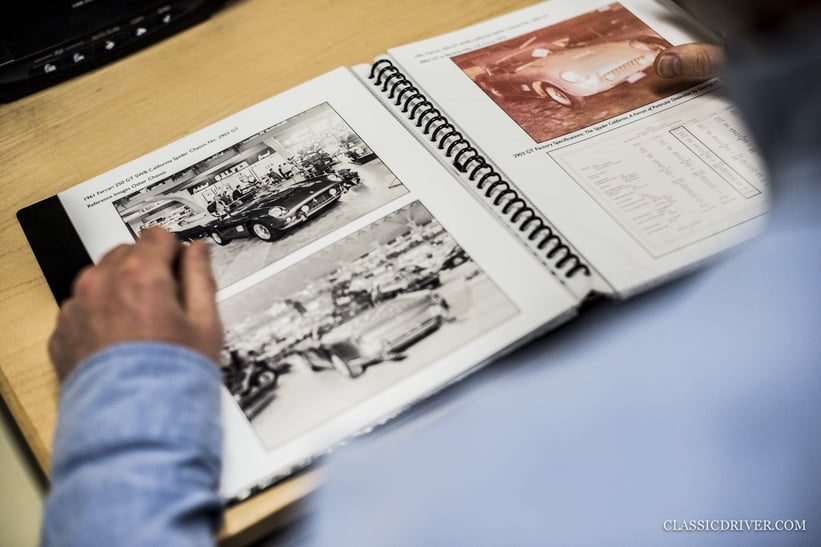
Even though you won’t admit it, you’re at the head of the best restoration shop in the world – how does that make you feel?
Certainly, I’m proud to be considered as one of the best, particularly when I make the rounds in the shop and witness the display of skills every day. Sometimes when I have to leave for a few days, I come back and am impressed all over again with what these craftspeople can do. We’re quite critical of ourselves – I’m an optimist by nature and I don’t dwell on mistakes. I prefer to find a solution, learn, and move forward
Is there a car you’re particularly proud of restoring?
That’s like asking which is my favourite child! Certainly, Ralph Lauren’s Alfa Romeo 8C 2900 MM, Andreas Mohringer’s Ferrari 335 Sport, and Miles Collier’s Mercedes W154 Grand Prix car have all been highlights. I’ve been very fortunate.
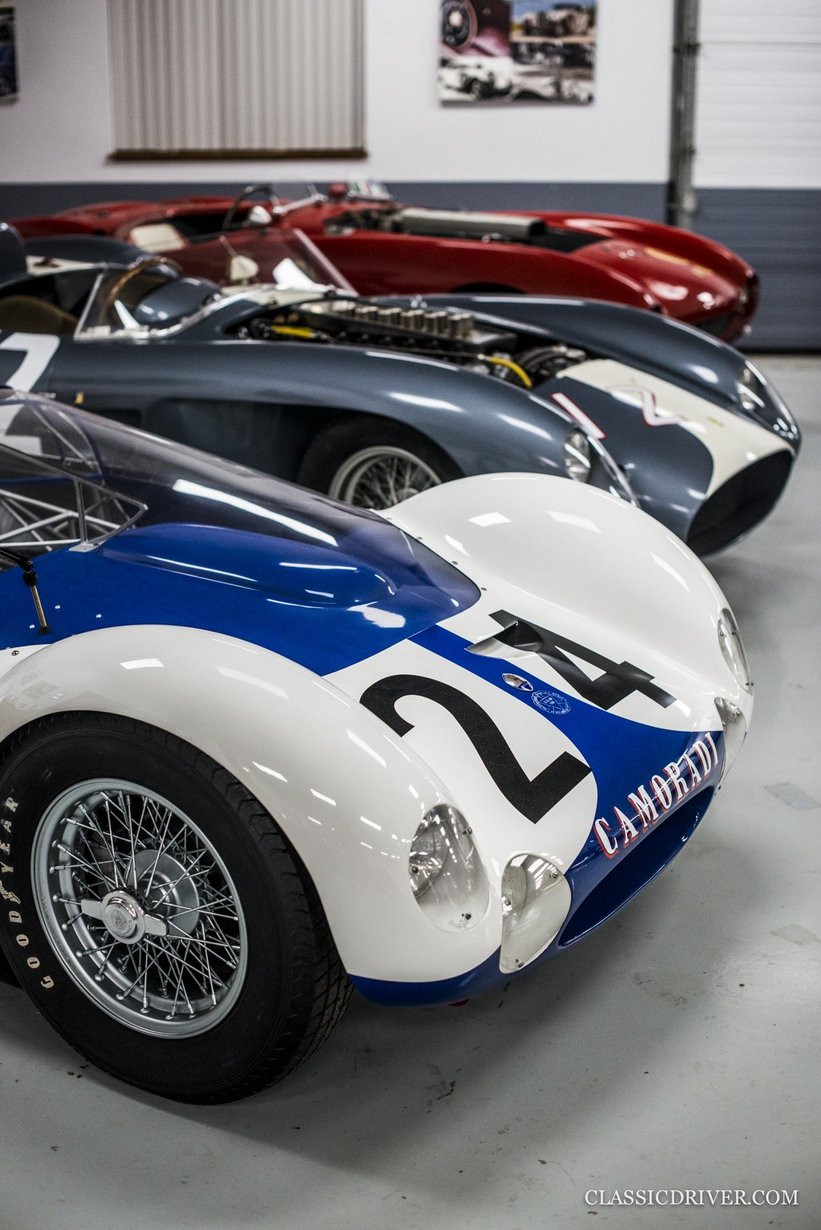
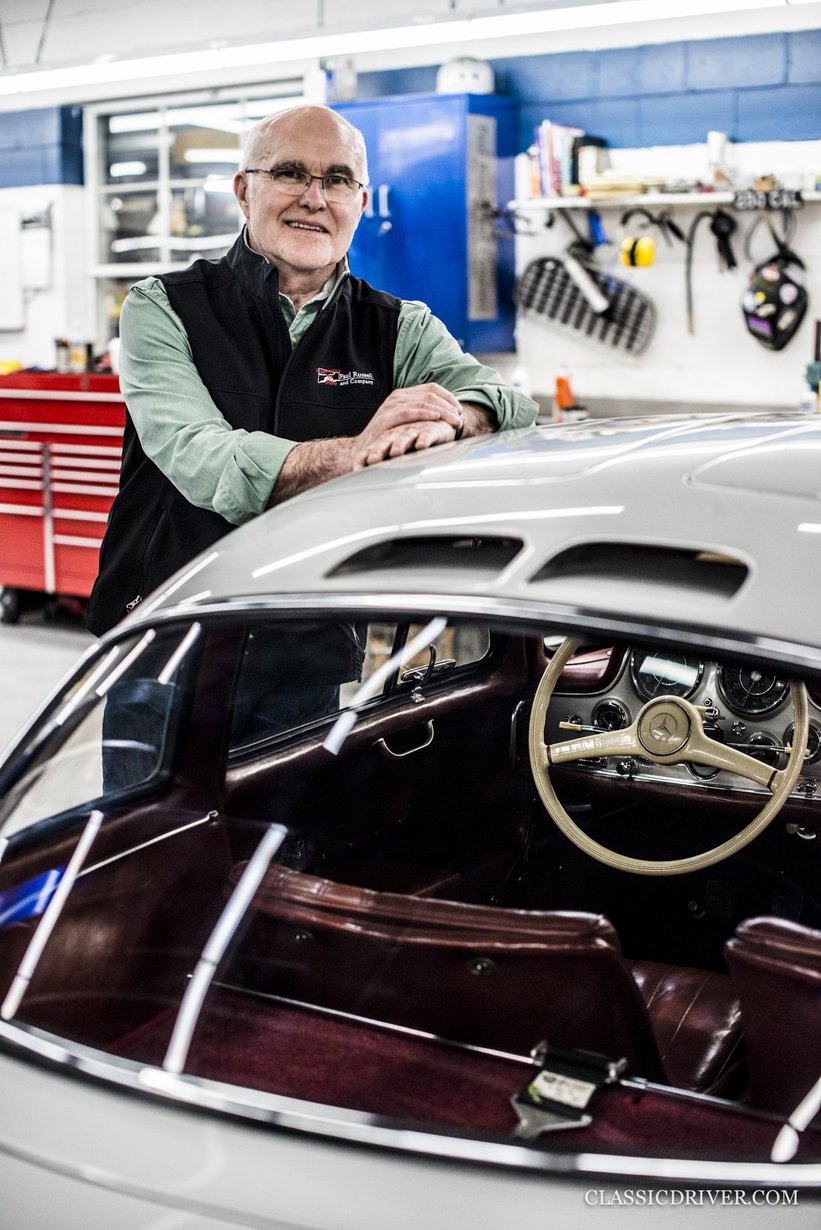
What do you drive in your spare time?
A Porsche 356 A, BMW 2002 Tii, a ’73 Porsche 911 Carrera RS, and sometimes my 1916 Stutz Bulldog Special. I also ride a 1977 BMW 100RS.
Photos: Rémi Dargegen for Classic Driver © 2018












































































































